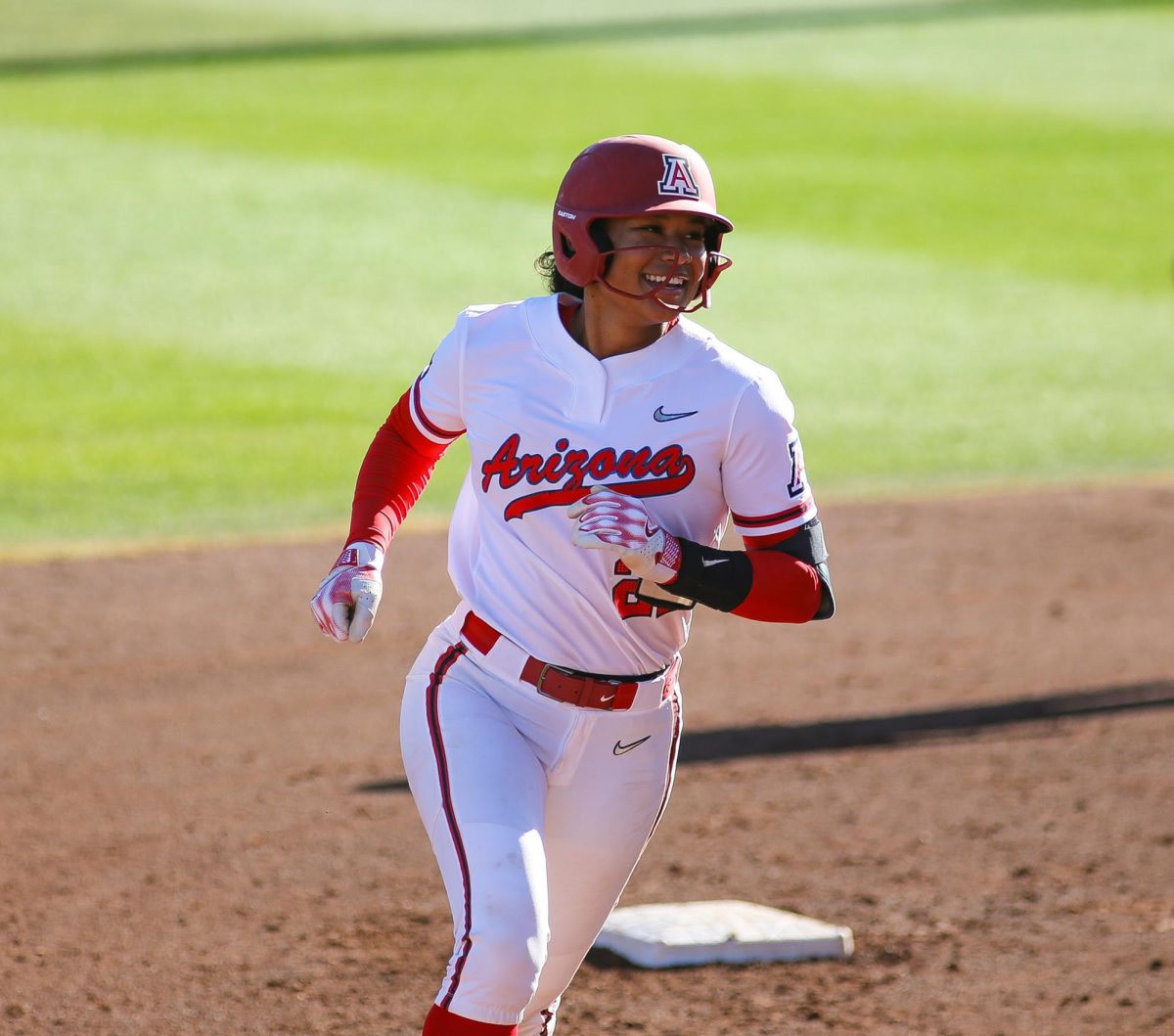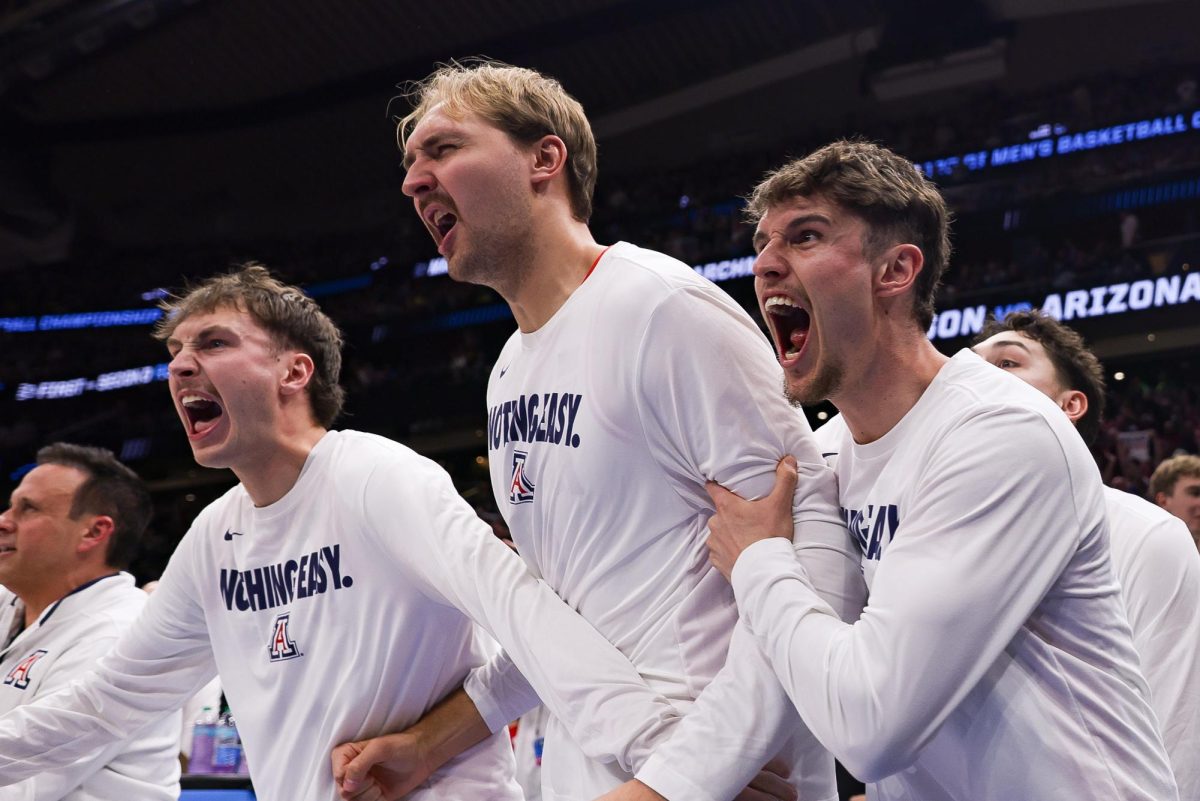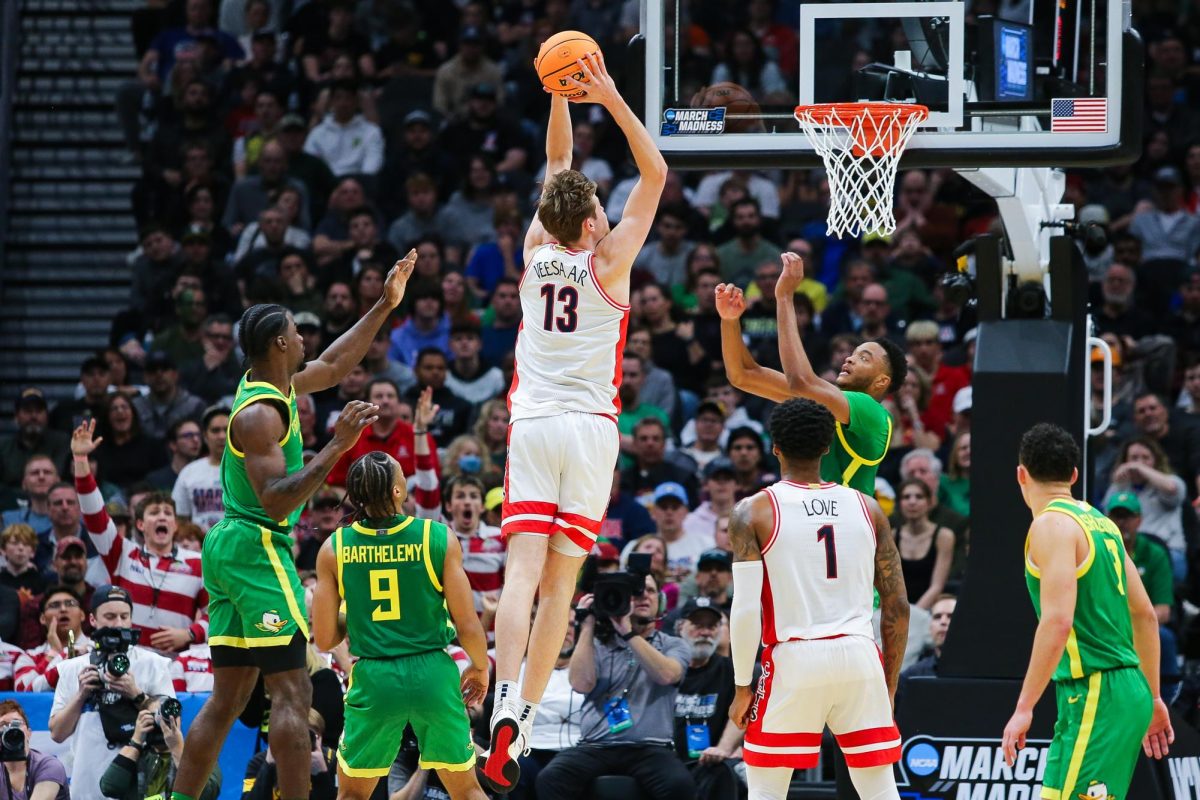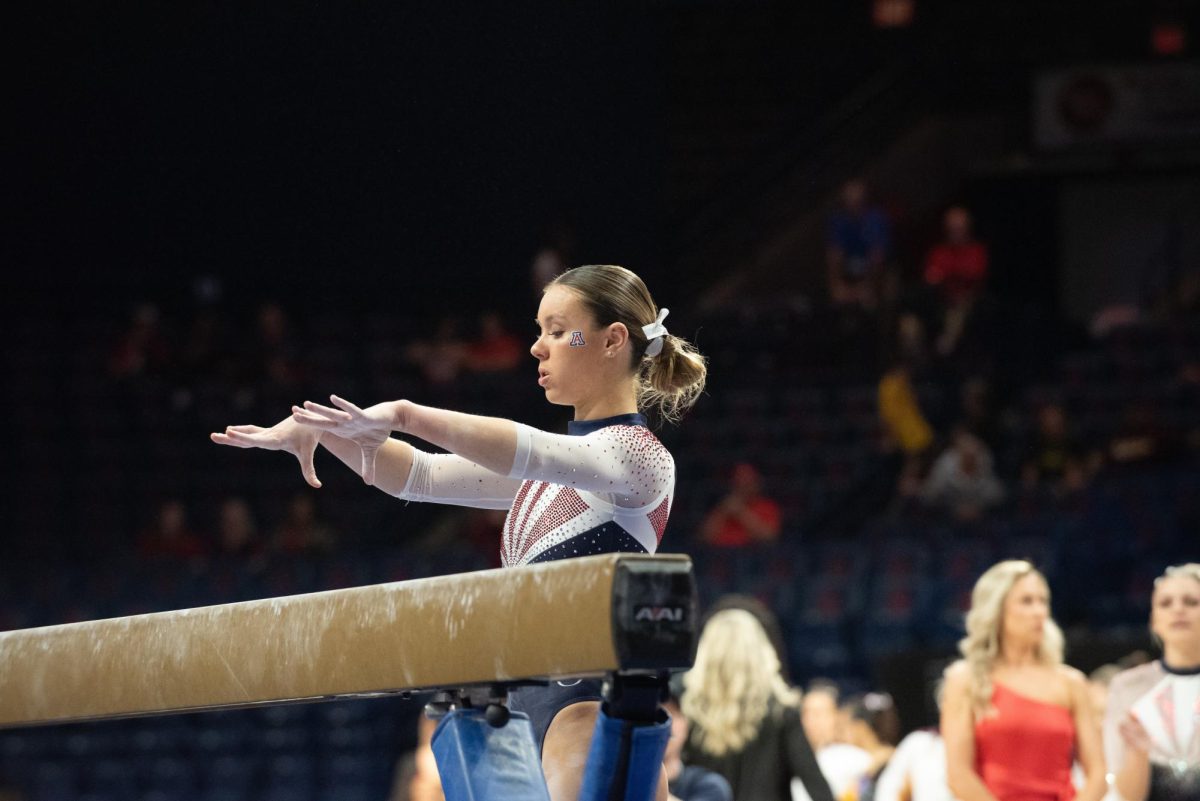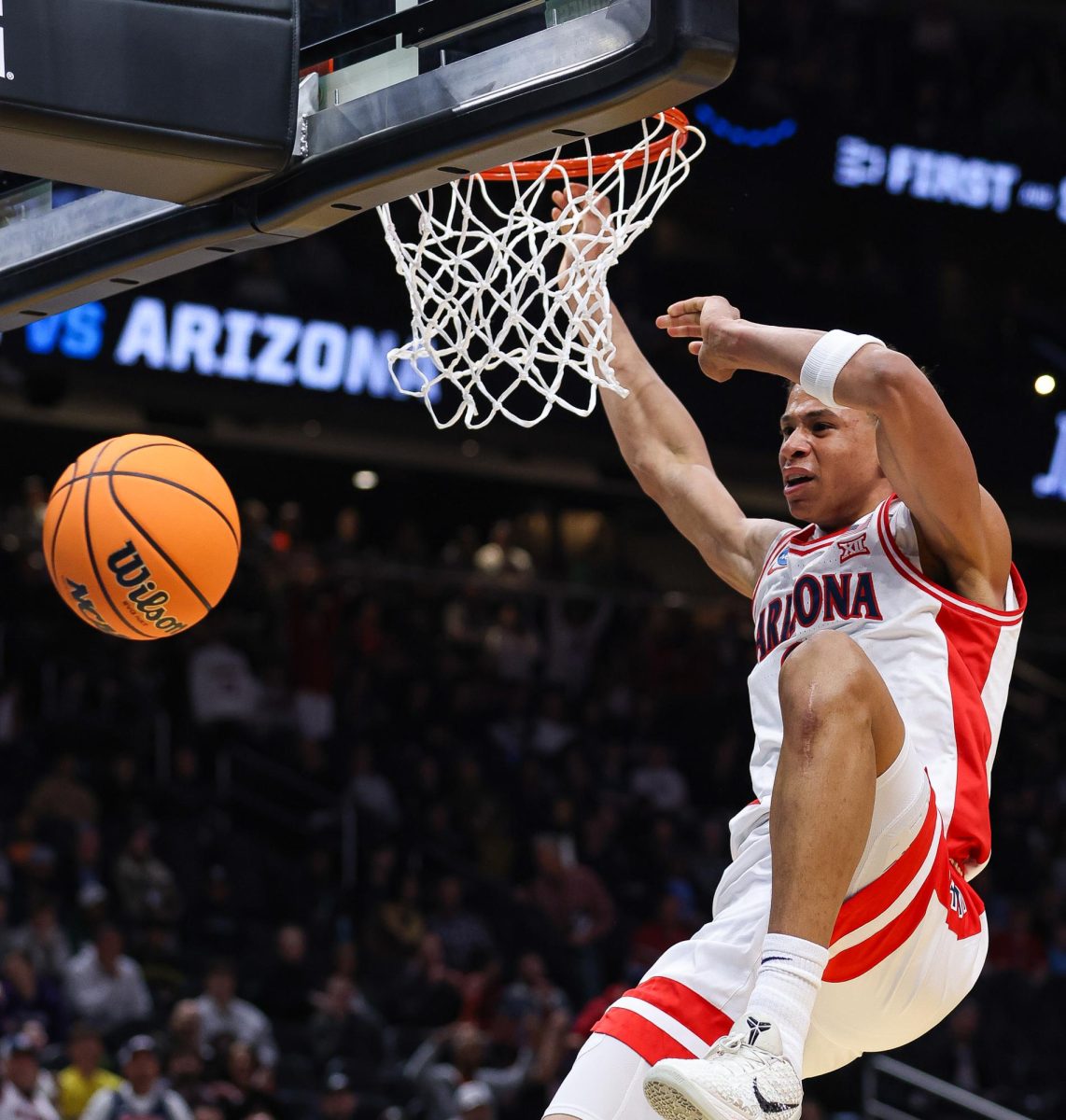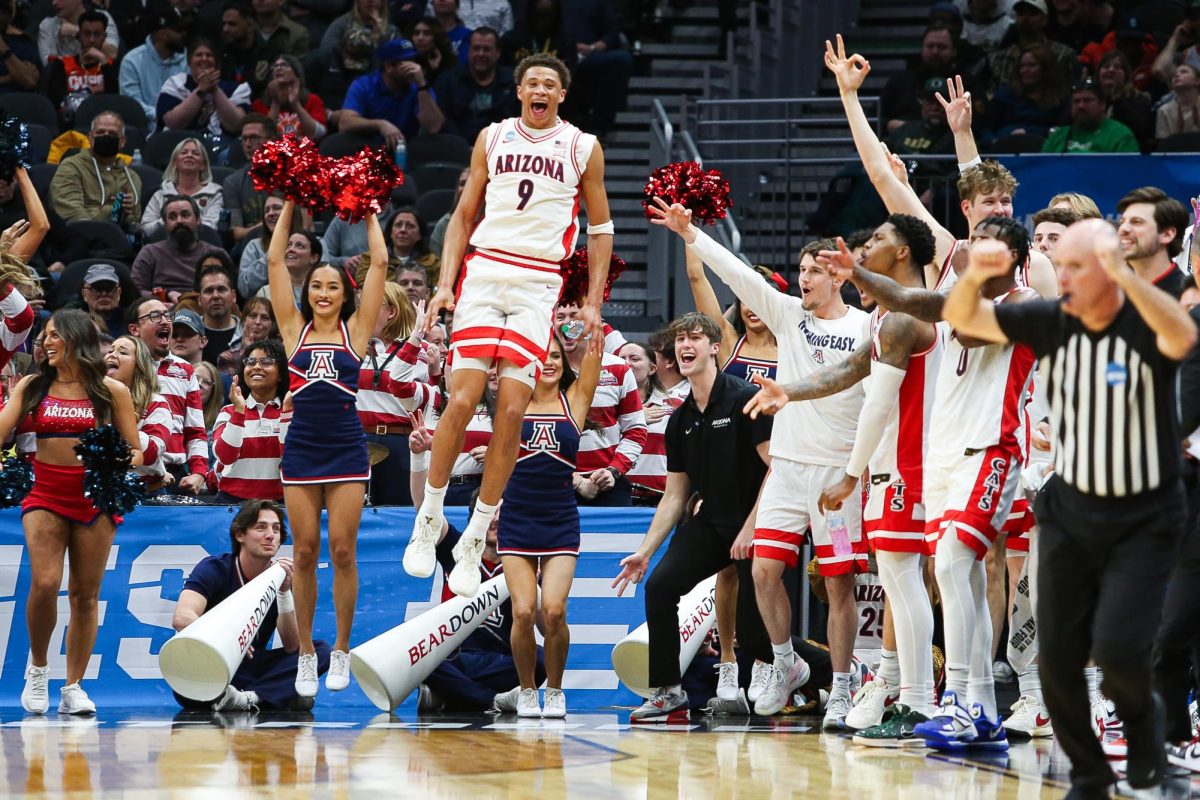Pro: It’s the head coach that takes the fall
Nobody had more control over Arizona basketball than Lute Olson.
Not the athletic department. Not the president. Not the pope.
So when the rules get broken, it’s Olson who must take responsibility.
Did he do it alone?
Of course not.
This master plan to recruit athletes without burning official on-campus days involved more planning and gray-area searching than one person can do.
But he was the one on top.
And he’s taking the fall.
Fans instantly pointed the finger at Jim Storey, publisher of a recruiting Web site, for the infractions. But how do you punish someone who was never technically on the staff?
While a detailed Sports Illustrated report said Storey was so involved in the athletic department that some might’ve mistaken him for an employee — the local entrepreneur never got paid directly.
But Storey sure did make his money.
In return for conversing with assistant coaches about recruits, Storey received unprecedented access into the basketball program for his subscription-based Web site, GOAZCATS.com.
It’s as if Storey’s site was the recruiting extension of arizonawildcats.com — another stunt frowned upon by the NCAA.
So Olson brought Storey in to explore the gray areas in recruiting edges.
Olson allowed Storey to ask UA boosters for money to support the Cactus Classic Tournament and its athletes to cover the costs.
Olson gave Storey everything an entrepreneur would want to increase revenue for his entity.
Olson raised a big NCAA no-no.
Think about the logistics of the Cactus Classic: It’s held during a dead recruiting period, where no coaches are allowed. It’s not funded by any big shoe company, meaning all teams invited can attend.
Recruits ate meals at the Jim Click Hall of Champions while admiring trophies and banners. It’s the ultimate marketing tool. Subliminal branding.
Every recruit I spoke with in 2008 couldn’t say enough about the nostalgia of playing basketball in McKale Center for a weekend.
Too good to be legal.
If it weren’t for UA boosters funding $192,000 for Storey’s tournaments, they might’ve gotten away with it for a few more years.
The UA both self-reported and self-sanctioned itself for these findings, listed in a 150-page report released to the Daily Wildcat on Monday.
The Cactus Classic ceased existence after the 2008 tournament. Storey stepped down as publisher of GOAZCATS.com shortly after.
Now we’re here wondering how Olson thought he could get away with this.
Con: Institution to blame for hoops transgressions
When the report of former UA head basketball coach Lute Olson’s possible violations was released, the majority of the charges were negated in the university’s investigation by NCAA Bylaw semantics.
The university said Olson didn’t “”knowingly”” cross the line, but in a world of hierarchy, it is his superiors who should ultimately take the blame for the men’s basketball program’s sanctions.
Because of the long list of charges through a three-year period, it became clear that there was time for the school to realize Olson was treading in hot water — knowingly or otherwise.
There was too much scary evidence that led up to the infamous, electronically-signed letter.
First, Arizona Cactus Classic director Jim Storey ran a high school tournament from inside McKale Center, with his conference room feet away from the men’s basketball offices.
Second, Storey was close to assistant coaches such as now-Memphis head coach Josh Pastner, among others, at the time.
Then, Olson and Storey both appeared in conjunction at Rebounder club board meetings at least three times in three years, the report said.
Finally, Storey was possibly overheard talking to an assistant coach about who might attend his events, former assistant Jim Rosborough told investigators.
All their interactions could have been harmless chit-chat.
But in abiding by an organization as strict as the NCAA, the athletic department saw no problems in bringing a high school tournament to play in the middle of the Arizona athletic world: McKale Center. The athletic department wasn’t cautious, even though it must have known Storey was working in McKale and was friends with people in the program.
Why couldn’t athletics warn the coaches to be careful? Why couldn’t they play it safe and be sure to separate Storey’s business side from working UA coaches?
They assumed he was harmless. He might’ve been.
But the lines between illegal recruiting and friendships were blurred. The athletic department wasn’t careful in ensuring Storey and the UA staff were never, ever meeting while both parties were on the job and at their places of work — their same places of work, for a time.
Like Olson, Storey can’t be blamed — he had nothing to lose from the NCAA, even if he did know he was close to breaking rules. He was simply looking out for his business.
The university, on the other hand, had everything to lose.
Now it’ll be a matter of if they’ll lose anything more.



